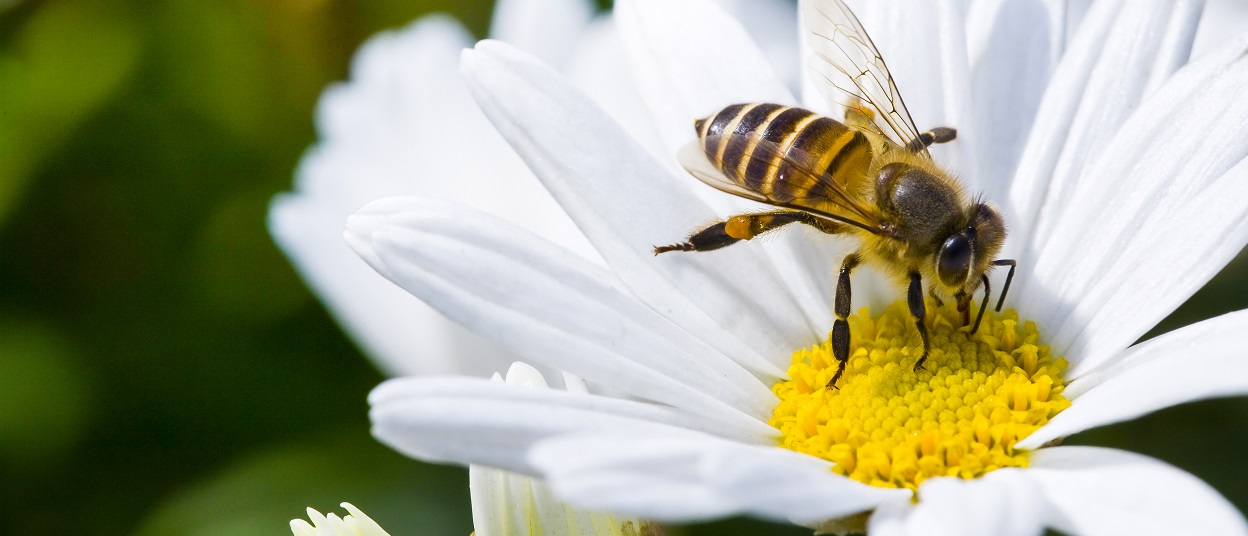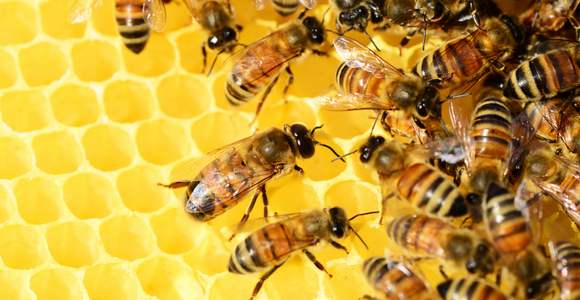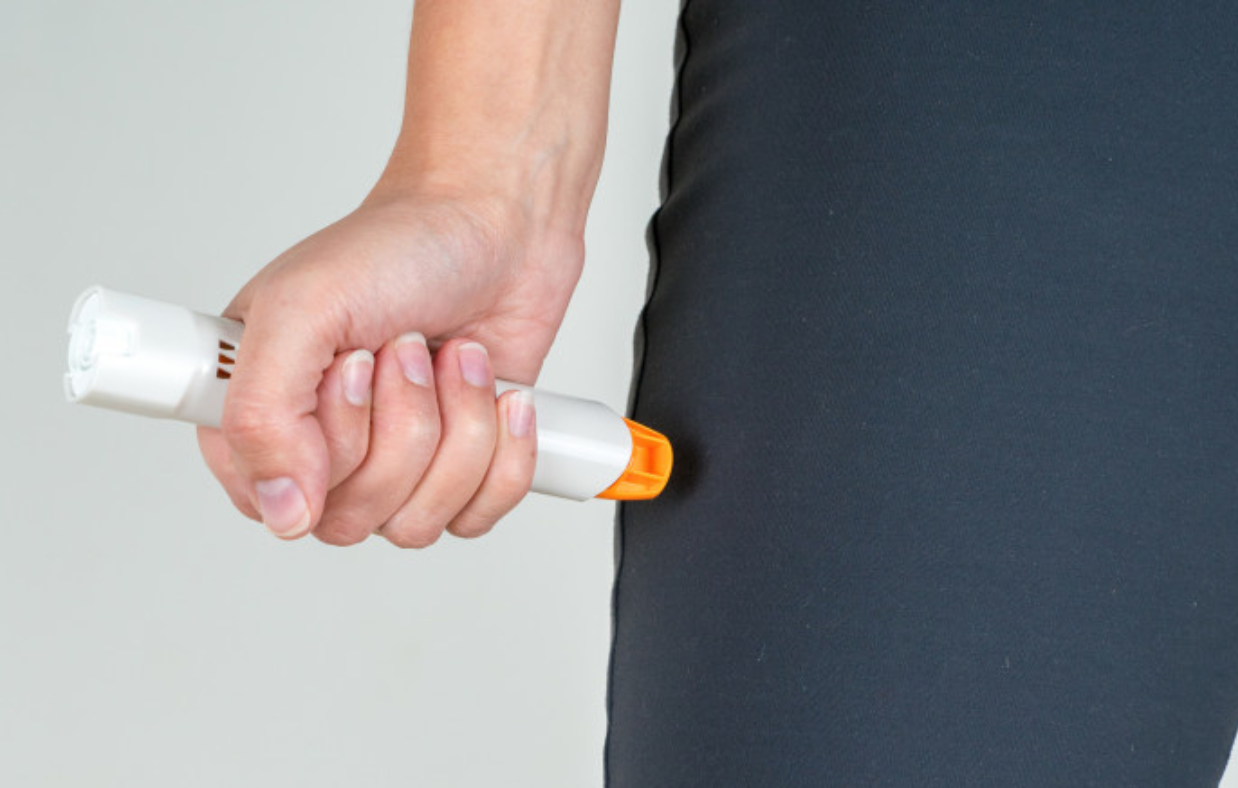Venom allergies can trigger an anaphylactic reaction, which is dangerous and life threatening. However, many people may not even know they are allergic to venom until they are stung and then potentially suffer an anaphylactic response. The capricious and unknown nature of a venom allergy coupled with its potential to cause an anaphylactic response, makes it an important allergy to be aware of.
Anyone can become allergic to bee stings, wasp stings, or other insect bites but those most likely to become bee allergic are beekeepers. Those who work in gardens are also more susceptible to having a reaction to insect bites. However, it is unusual to be allergic to both wasps and bees.
Symptoms of a venom allergy
Localised reactions: Swelling at the site of the insect bite, which can be more than 10 cm in diameter and last for more than 24 hours. The rest of the limb may be involved but no generalised symptoms are present. These reactions are more common in children than in adults.
Mild systemic reactions: These reactions are characterised by skin swelling and hives in an area of skin remote from the insect bite. Children experiencing these reactions are not thought to be significantly at risk of future life-threatening reactions compared to others. However, in older children and adults, such reactions are considered to be a risk factor for a future severe reaction.
Moderate / severe systemic reactions (anaphylaxis)
Any or all of the following symptoms may be present:
- Swelling of throat and mouth.
- Difficulty in swallowing or speaking.
- Difficulty in breathing – due to severe asthma or throat swelling.
- Hives anywhere on the body, especially large hives.
- Generalised flushing of the skin.
- Abdominal cramps, nausea, and vomiting.
- Sudden feeling of weakness (drop in blood pressure)
- Collapse and unconsciousness.
Wasp and bee stings can occasionally cause serious life-threatening allergic reactions so it is important to know the symptoms to look out for and what to do.
Anaphylaxis and venom allergy
Anaphylaxis from venom allergy is a serious condition that requires prompt recognition and treatment. By understanding the symptoms and taking preventive measures, individuals with venom allergies can reduce their risk of experiencing life-threatening reactions.
You may be prescribed an adrenaline auto-injector if there’s an ongoing risk you could develop anaphylaxis.
There are two types of auto-injectors – EpiPen and Jext – that are each slightly different. Instructions are also included on the side of each injector if you forget how to use it or someone else needs to give you the injection.
Remember, early intervention is key to managing anaphylaxis effectively. If you or someone you know is at risk, consult with a healthcare professional for personalized guidance and support.

 Helpline
Helpline






